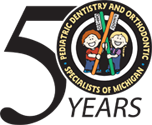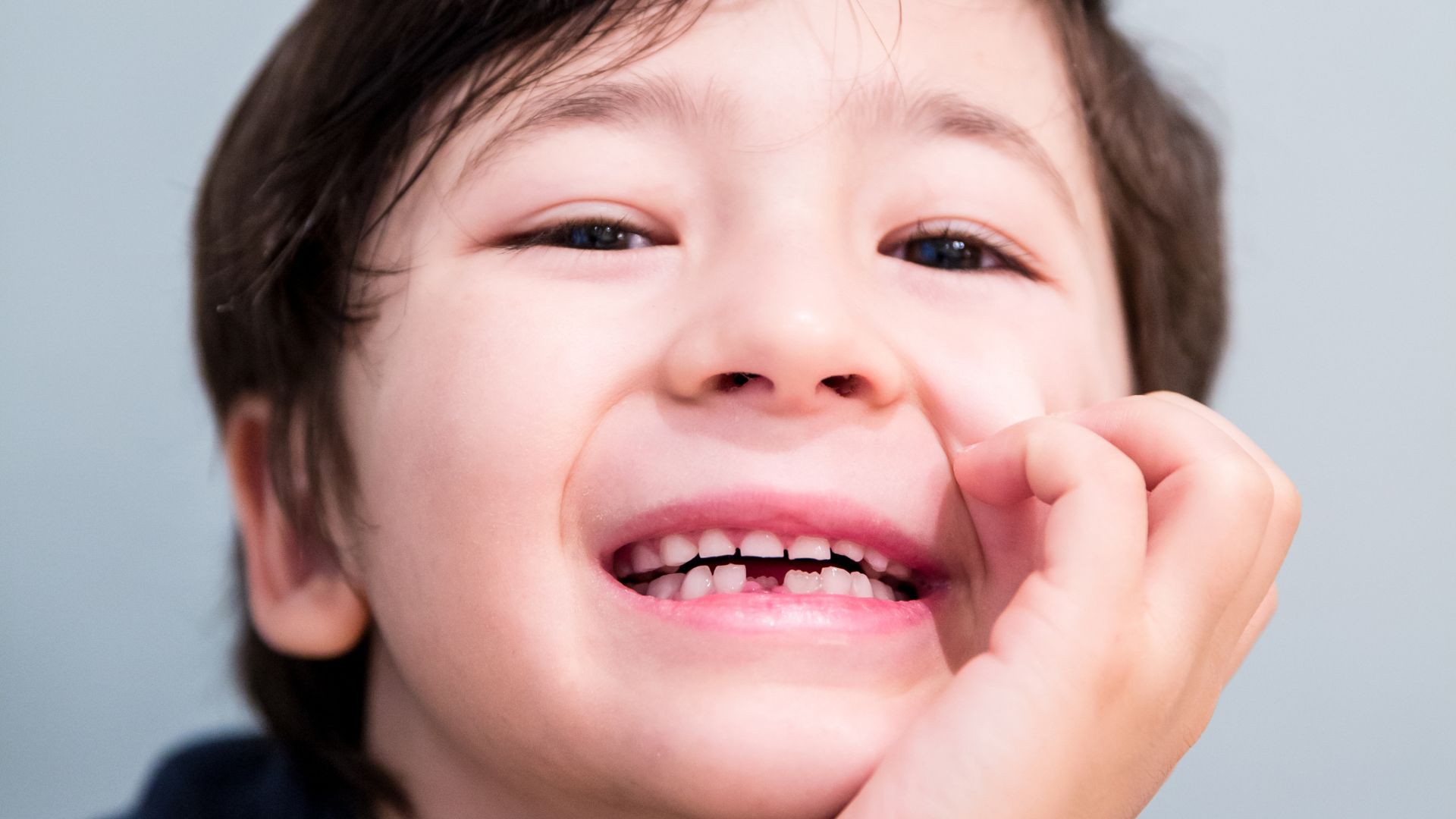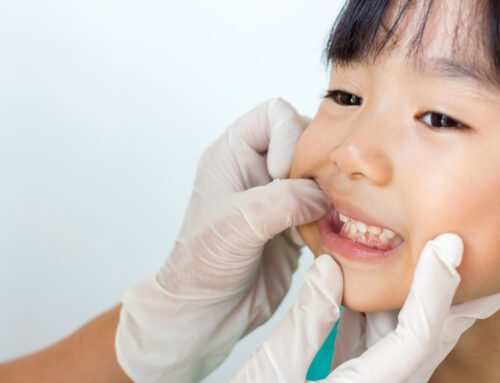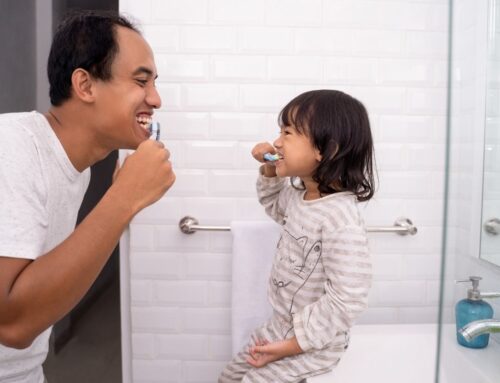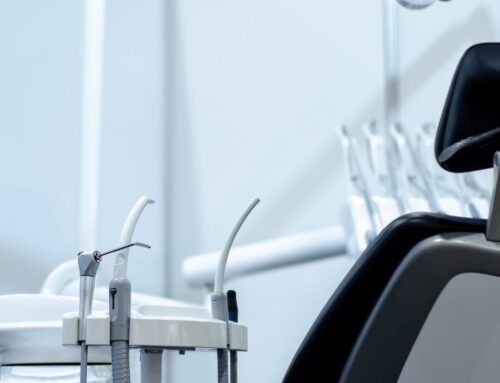It seems like the moment your child finally gets all of their new teeth they start losing their first ones. We have created this guide to help you understand what to expect and what’s normal when it comes to the timeframe for baby teeth to start exfoliating (falling out)?
Your Child’s First Loose Tooth
Tooth eruption and exfoliation timeframes can vary from child to child. But most kids get their first loose tooth when they’re roughly six years old and will wrap up losing all of their baby teeth before they turn 13. Of course, there are many reasons for exceptions to this rule but these ages represent the vast majority of what we see.
Here’s the order in which baby teeth typically fall out:
- Lower front middle two teeth (central incisors)
- Upper front middle two teeth (central incisors)
- Upper and lower adjacent front teeth (lateral incisors)
- First molars (“1-year molars”)
- Canines/cuspids/eye teeth
- Second molars (“2-year molars”)
What if Your Child Loses a Tooth Too Early?
Premature tooth loss—because of injuries or tooth decay—can significantly alter your child’s oral development, speech, and appearance. If we don’t preserve the spacing for their permanent tooth to erupt, it can become impacted (stuck in the gums with no hope for self-eruption) or cause misalignment of adjacent teeth.
Fortunately, space maintainers and temporary appliances like a retainer designed to hold space can help your child’s smile develop properly, even if teeth go missing too early.
Is it OK to Brush Loose Teeth?
Your child might be a little nervous about brushing around loose baby teeth. But plaque buildup will still be there (and often even more in these areas as the loose tooth may allow food and debris to get underneath the loose tooth).
Just remind your child that if their tooth comes out while they’re brushing, it will be extra clean for the tooth fairy and the tooth fairy loves it when you give her clean teeth.
After teeth fall out, it’s normal for the gums to be a little tender. Encourage them to avoid eating in that space or brushing it aggressively for a day or two. Kids bounce back very quickly and may not even experience discomfort once the tooth is out.
What happens if I see two teeth where only one should be?
It can be very common in crowded mouths to see an adult tooth poke through the gums where a baby tooth is still firmly in place. This is something that needs to be addressed as the adult tooth may continue in a wayward manner causing much more orthodontic work down the road. Did you know that some of the baby teeth are larger than the adult tooth replacing it? And, some baby teeth have multiple roots so if the adult tooth doesn’t hit the baby tooth perfectly, the baby tooth may never give way and fall out.
Always Ask an Expert
If you feel that something seems “off” about your child’s tooth loss or eruption patterns, be sure to see a pediatric dentist. Our board certified pediatric dentists and/or orthodontists will be happy to answer any questions and make sure your child’s dental development goes as smoothly as possible. Call us today!
